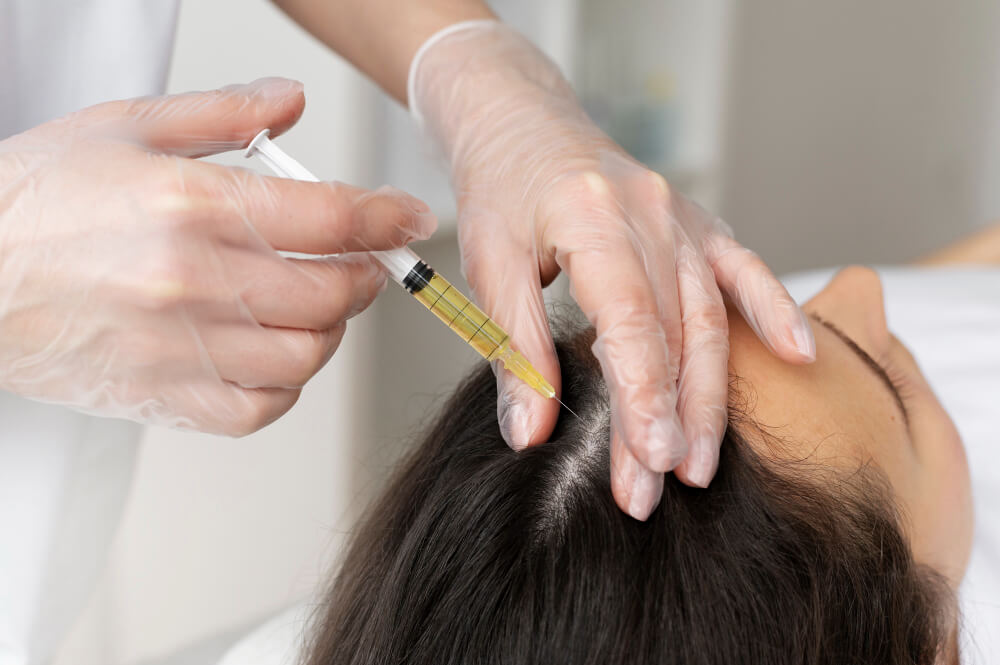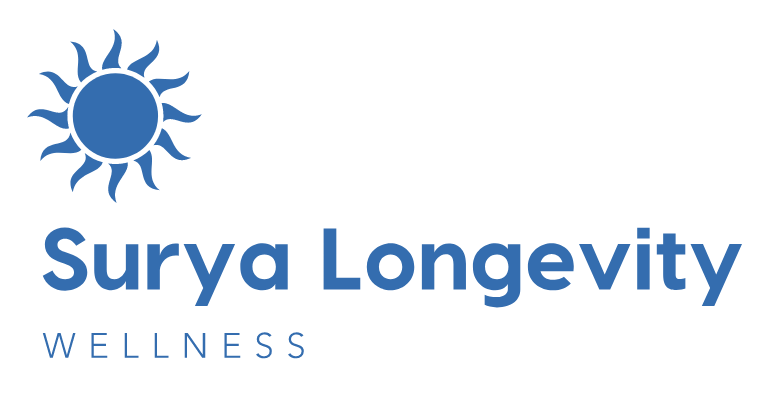
The Power of Platelet-Rich Plasma (PRP): Enhancing Tissue Repair and Alleviating Pain
Platelet-rich plasma, often abbreviated as PRP, is a groundbreaking medical treatment showing promise in the realm of tissue repair and pain management. A product of regenerative medicine, PRP leverages the body’s natural healing abilities, making it a safe and effective treatment option for various conditions.
The Science behind PRP
PRP therapy involves extracting a small amount of a patient’s blood, centrifuging it to separate the components, and concentrating the platelets in the plasma fraction. Platelets are cells rich in growth factors – proteins that play a pivotal role in the body’s natural healing process. When reinjected into damaged tissue areas, the growth factors in PRP promote tissue repair and wound healing, aiding in the resolution of symptoms and restoration of function.
Benefits of PRP in Tissue Repair
- Enhanced Healing: The high concentration of growth factors in PRP accelerates the healing process, fostering quicker recovery from injuries. PRP therapy can effectively treat soft tissue injuries such as tendonitis, ligament sprains, and muscle strains, which are common among athletes.
- Non-Surgical Solution: PRP offers a non-invasive alternative to surgery for chronic conditions like osteoarthritis or degenerative disc disease. It reduces pain and improves joint function, potentially delaying or even eliminating the need for joint replacement surgery.
- Autologous Treatment: Since PRP is derived from the patient’s own blood, it dramatically minimizes the risk of disease transmission, allergic reaction, or rejection that can occur with other treatments.
PRP in Pain Relief
Pain is the body’s response to injury or disease. By tackling the root cause – the damaged tissue – PRP can provide long-lasting pain relief.
- Targeted Pain Relief: PRP injections are guided by ultrasound or fluoroscopy, ensuring precise delivery to the affected area. This targeted approach provides localized pain relief, differentiating PRP from systemic treatments that can cause widespread side effects.
- Long-Term Efficacy: PRP doesn’t merely mask pain; it addresses its source by promoting tissue healing. This can lead to more sustainable pain relief than conventional treatments like NSAIDs or opioids, which merely control symptoms.
- Reduced Need for Medication: With PRP’s long-term efficacy, patients might reduce their reliance on pain medication, potentially avoiding the side effects and addiction risk associated with long-term use of such drugs.
Emerging Evidence and Potential Applications
While PRP’s benefits are promising, it’s important to note that research is ongoing. Not every patient or condition will respond to PRP, and results can vary. However, the therapy is generally considered safe with minimal side effects, typically limited to temporary pain or discomfort at the injection site.
New areas of potential application for PRP are continually emerging. These include wound care, dentistry, cosmetic medicine (for conditions like hair loss and skin rejuvenation), neurology (for peripheral nerve injuries), and ophthalmology (for corneal ulcers).
Conclusion
Platelet-rich plasma therapy represents an exciting frontier in regenerative medicine, offering an autologous (from the same organism,) minimally invasive approach to tissue repair and pain relief. As research progresses, the potential applications of PRP will continue to expand, offering new hope for patients seeking safe and effective treatment options. It’s crucial that healthcare providers and patients make informed decisions about PRP therapy, considering the current evidence, potential benefits, and risks.


